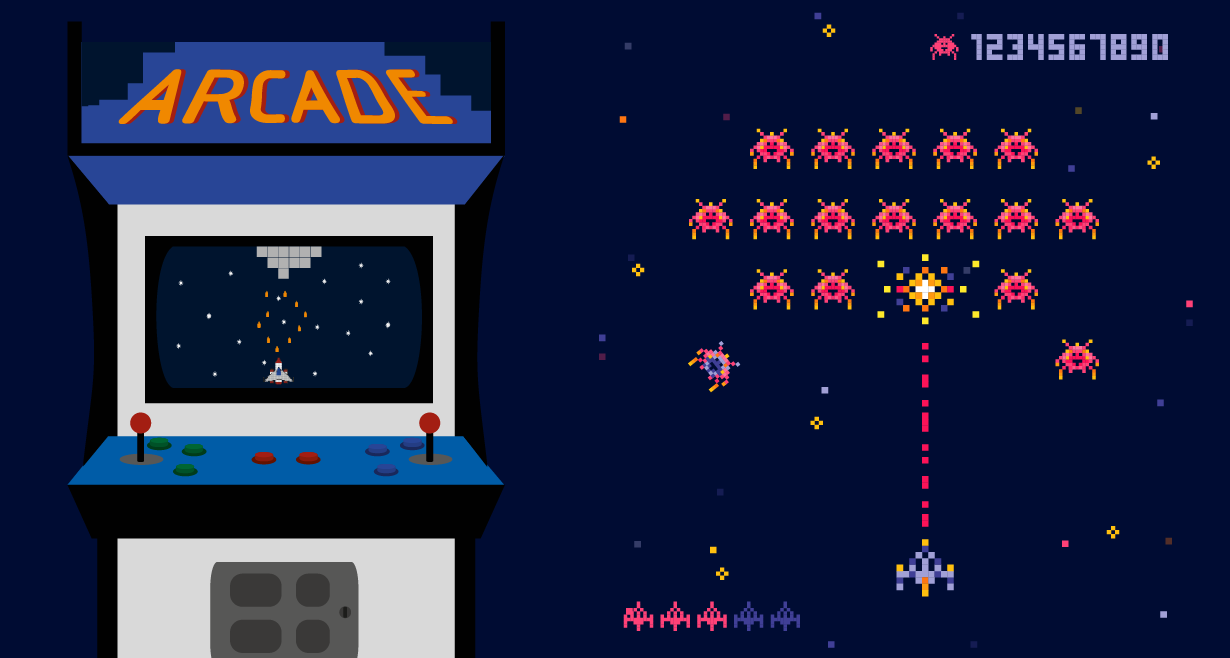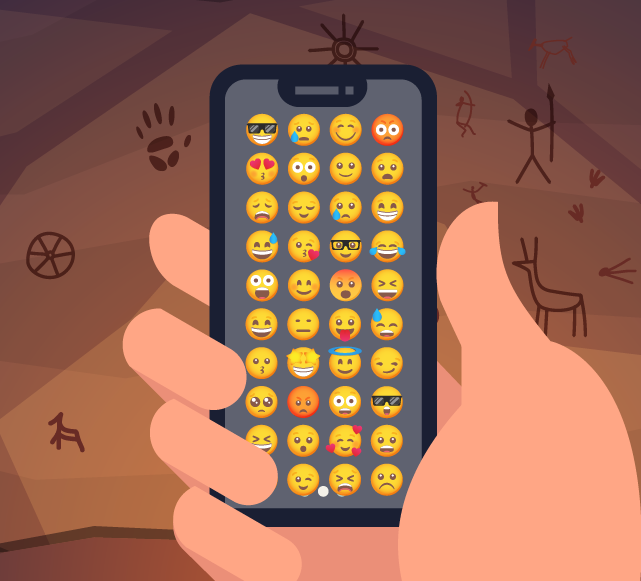
Graphic Design – Making your video games look great since the 1970s
Ok. Video games in the 1970s didn’t look great. Probably a more accurate title for this blog would have been “Making your video games look great since 1983 when Nintendo brought out their ground-breaking Nintendo Entertainment System.” Accurate but not exactly a snappy title.
But I digress. When you look back at the first video games like Pong in 1972, it’s incredible to think anyone even gave them a second thought.
Let’s face it Pong was made from two thin rectangles and a small square. That’s it. Can you imagine pitching something like that today?
“Well, Mr Ubisoft, it’s like Ghost of Tsushima but without any of the colour, graphics or gameplay. Basically, its two rectangles with a square bouncing between them. Oh, and it’s the only game you can play on the console.”
However, from releasing Pong in 1972, Atari realised there was a market for games you could play on your TV. It didn’t take long to move from the raw simplicity of Pong to a more advanced game experience when Atari turned Pong on its side and created Breakout in 1976. From a graphic design perspective, Breakout didn’t bring a massive amount more to the table. It was still essentially rectangles and a small square. However, Pong was a two-player game, which was fine if you had someone else to play against but a little dull if you were on your own. Breakout fixed that problem by creating the first solo gaming experience.
Arguably, video games exploded onto the world stage a couple of years later in 1978 when a Japanese engineer, Tomohiro Nishikado, had an idea. He took the white-knuckle ride of bouncing a ball at some blocks a step further and created Space Invaders.
Space Invaders was the first game to introduce characters. In the excellent Netflix documentary “High Score” he shows his original sketches for the aliens. They started as tanks, then soldiers. However, he didn’t feel that shooting soldiers was something people would like to do, so created the aliens, based on a hybrid of octopi and HG Wells’ War of the Worlds.
Due to the limitations of the available hardware (Nishikado actually designed the hardware as well as the software), the characters had to be designed as a collection of small squares. Creating believable characters from squares is no mean feat, but he succeeded.
Space Invaders become a global phenomenon. People built arcades housing banks of Space Invader game cabinets, and the kids filled them up with their cash. Only four years after its launch, Space Invaders had made over $3.8 billion in sales. To this day, it is the best-selling video game of all time with an estimated total revenue of $13 billion in 2016.
Realising there was ‘gold in them thar hills’, Atari launched the first console that used interchangeable game cartridges in 1982. Apparently taking product designers who had previously specialised in designing coffee tables, the Atari Video Computer System (VCS) was born. Not happy with the name, their marketing team stayed up all afternoon and came up with Atari 2600.
The colour palettes were limited, and the graphics were blocky. But gamers could now play Pac-Man, Missile Command, and Space Invaders in the comfort of their living room and a new industry blossomed. At least, until the launch of the film tie-in “ET The Extra-Terrestrial”, still recognised as the worst video game of all time. It was so bad it generated a slump in the industry and had people switching off in droves.
And then a Japanese company called Nintendo arrived with their new 8-bit system, the Nintendo Entertainment System. The NES started life in Japan, and the lack of specialists in console design showed in its original incarnation as the Famicom (Google it). Is it a console, a baby’s toy or a hi-tech coffee maker?
Despite it looking like a melted bag of sweets, the Famicom did amazingly well in Japan. Donkey Kong and Donkey Kong Junior introduced the world to one of the most iconic video game characters of all time – Mario.
Now one of the most famous plumbers in the world, Mario was originally a carpenter in the first Donkey Kong games. When Super Mario Bros was launched with Mario as the central character, he was retrained as a plumber, to fit in with the underground sections of the game and the use of pipes.
Mario has been a constant character with us through every console generation since the NES.
A study of graphic design in video games is a study of how Mario has evolved over the years. From the blocky sprite in Super Mario Bros in 1985 to the next-gen version in Super Mario Odyssey in 2017, the design of Mario has reflected the technological capabilities of each era.
It’s incredible to think that in 1985, the video games industry in the US was still suffering from the crash of 1983. Video games were dead. The blame wasn’t solely at ET’s doors as the market moved from quality to quantity, and anyone could churn out any old rubbish.
So, when the NES launched, there was speculation it wouldn’t amount to much. How wrong can you be? The importance of the NES can’t be understated. Nintendo knew it wasn’t about launching a new console, they had to relaunch the video game industry in America. The name was deliberately chosen not as a video games console but a family entertainment system. The front-loading cartridge system was supposed to mimic the VCRs that people had in their homes now and make them associate it with an established technology.
Perhaps most importantly was the way Nintendo dealt with third-party software developers. Unlike Atari, who allowed anyone from a games company to a kid in their bedroom to create games, Nintendo clamped down on developers. To write games for Nintendo, you had to be licensed by Nintendo and were limited to a maximum of two titles per year. By creating this licensing system, Nintendo kept the quality of their games high and restored confidence in the industry.
The 8-bit era was well underway and another company – Sega – appeared on the scene with their Master System to rival the NES. The first console war had begun.





